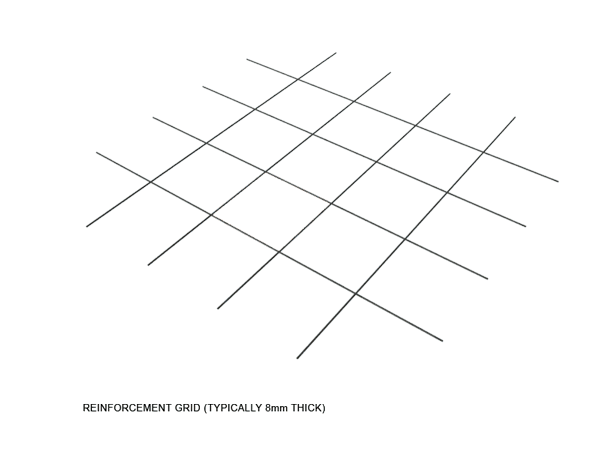
ECO FRIENDLY CONSTRUCTION
Ammapettai,Erode ph: 9865368997

FILLER SLAB


A filler slab with two stacked clay tiles as shown in the sketch above also increases the thermal insulation of the slab.
To sum it up, consider using a filler slab for the following:
1. Reduce use of energy intensive materials (embodied energy).
2. Save on construction cost
3. Increase thermal comfort
4. Create an interesting look
One way to make a boring and expensive concrete slab sexy, lighter and cheaper is to use a 'Filler Slab'. A filler slab is where we replace a portion of concrete in the 'tension' zone of the slab with inexpensive lightweight filler materials such as clay roof (Mangalore) tiles, bricks, earthen pots, coconut shells, glass bottles or any other creative material you can think of.
In a simply supported RCC slab, the upper part of the slab is in compression while the lower portion of the slab experiences tensile forces. The steel reinforcement in such a slab is in the lower part to counter the tensile forces but the concrete (which is weak in tension) in that zone is mostly redundant except for a small portion required to hold and protect the steel rods. This redundant concrete can be replaced with a cheaper filler material. By choosing the filler material judiciously, we could save about 30-35% of concrete compared to a traditional RCC slab. A light weight filler material also reduces the dead load hence less steel reinforcement is required. In all we may expect to save about 25% of the cost (True for regions where material is expensive compared to labor).
